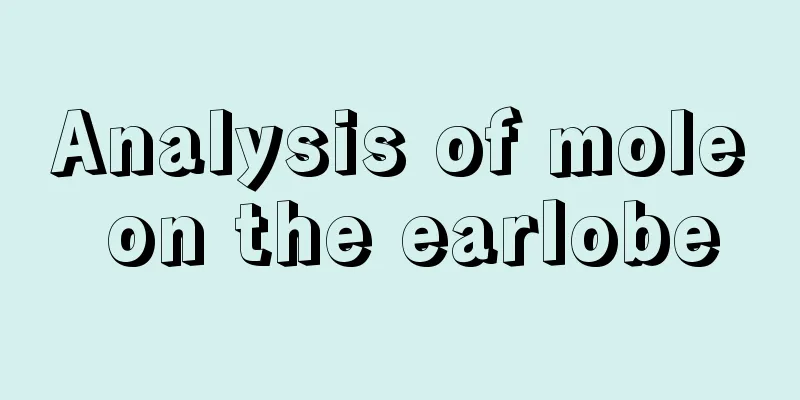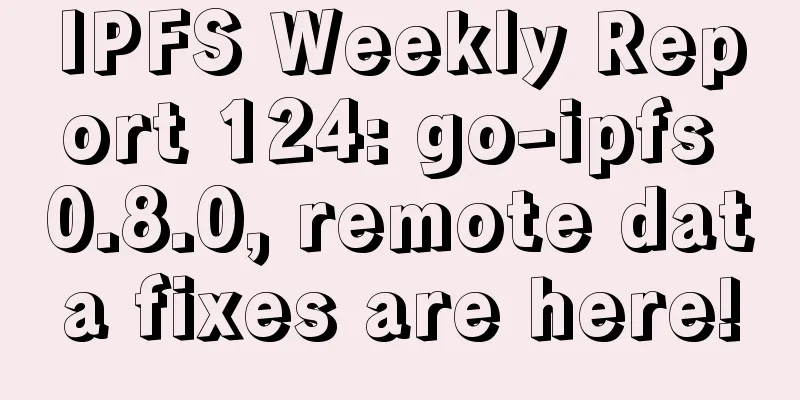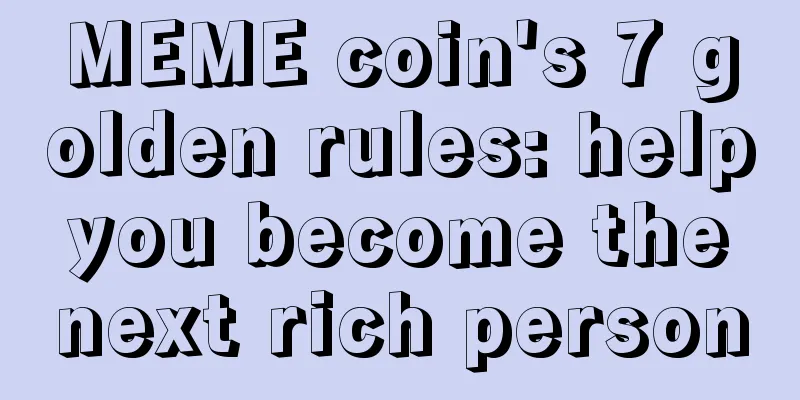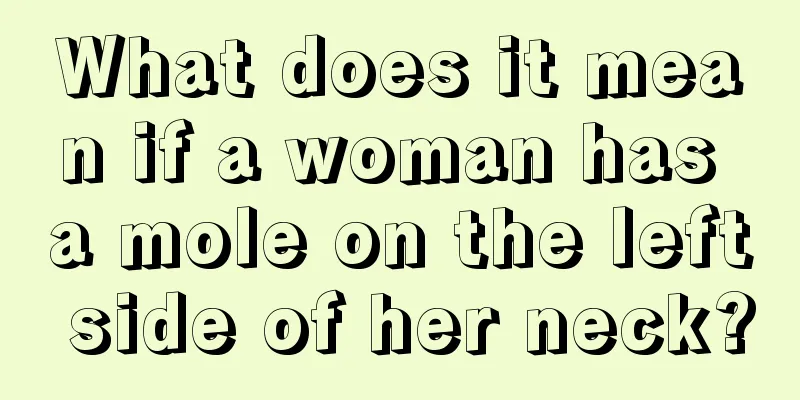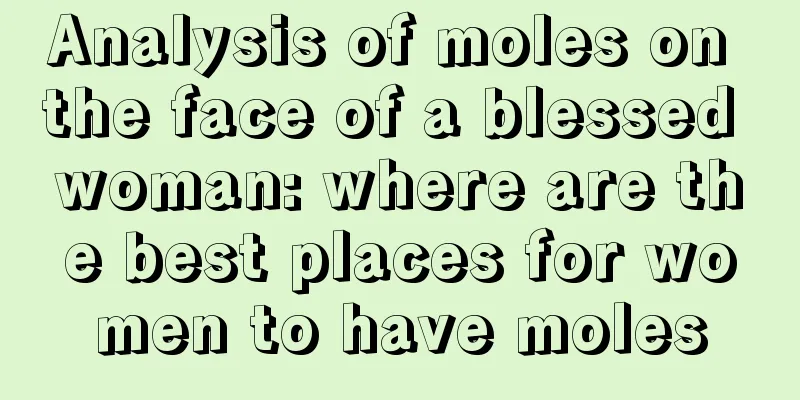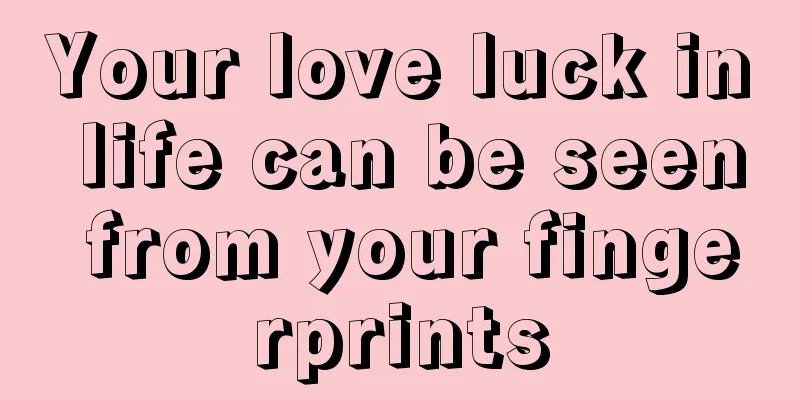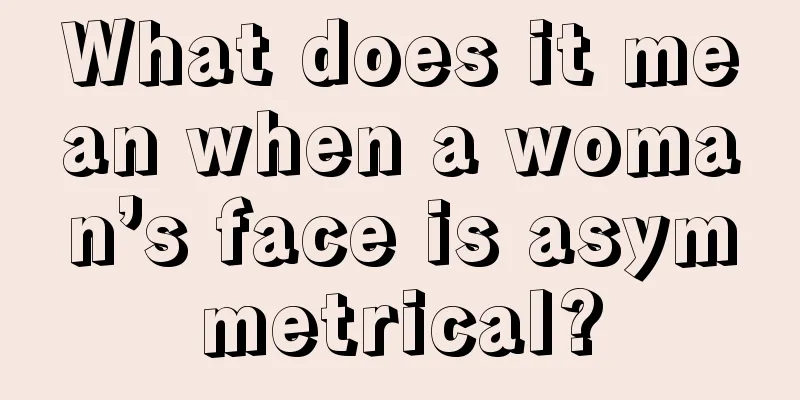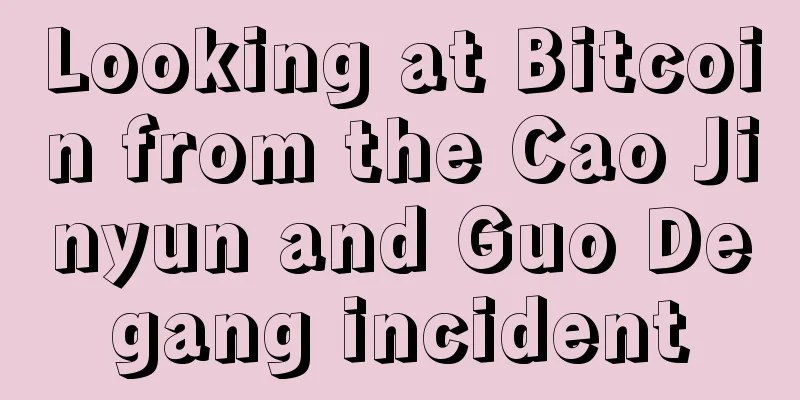Is it possible to supervise blockchain decision-making in the future?
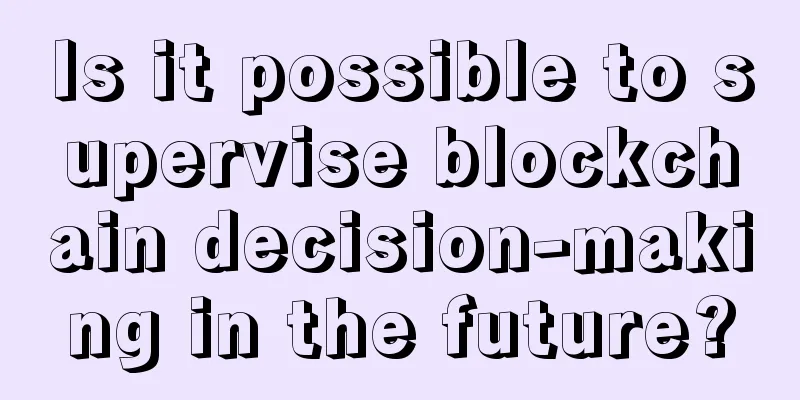
|
Hype aside, “blockchain” at its core is a software concept similar to a relational database or BitTorrent. Supporters believe that blockchain technology is designed to bring changes to real estate, accounting, securities and other industries. But how should the technology be regulated? More precisely, "Should blockchain be regulated? If so, how?" Lawmakers often try to craft regulations that are “technology neutral.” Indeed, one of the most pressing criticisms of New York’s BitLicense regulations is that it strays from that term. When regulations are created for specific technologies, there is also the risk that rapid innovation will lead to the legal void (e.g. the US Semiconductor Protection Act). The term “blockchain” has only been used for a few years, and no one is confident that this particular iteration of the technology will win out (although some people working on blockchain prediction markets can help in this regard). However, some people still believe that blockchain technology has great development prospects, even if there are very few blockchain applications in the industry at present. A consensus is forming in developed countries that the benefits and costs of blockchain should be accurately analyzed before the government introduces relevant regulations. This analysis is crucial to avoid stifling the desirable changes that blockchain could bring in the name of possible social costs. Blockchain technology may require significant costs in its implementation, but it can also bring huge benefits. A futile effort Even if a convincing case could be made for regulating blockchains, how exactly would one do that? By regulating the code created by coders? The United States’ efforts to regulate cryptocurrencies in the 1990s proved these approaches futile. Focusing on the end rather than the means of blockchain development is a more promising regulatory approach. However, the “ends” of blockchain are too diverse for this to be of much use. Time wasted on developing regulations for blockchain technology means time not being spent on regulating larger societal issues. Bitcoin and Ethereum are the two largest public blockchains in the ecosystem, with a combined global market capitalization of around $10 billion. By comparison, gold trades at $10 trillion per quarter. So regulators have bigger fish to fish for — time spent on blockchains means time wasted on dealing with bigger problems. It may be possible in the future However, this is not to say that blockchain regulation will never be necessary. Blockchain technology may bring huge changes to highly regulated industries in the future, such as securities trading or real estate. If new blockchain technology reduces the number of middlemen (layers) in the industry, then these technological changes may trigger the need for regulatory changes. If blockchain businesses and applications are able to incorporate an intermediate layer of regulatory systems, then there will be a need to consolidate or rethink regulatory schemes to adapt to the new reality. For example, if there is a system that handles land title registration, viewing and transfer, then perhaps a regulator could be merged to oversee that system, since that system completely replaces the functions of the old regulator. Embedding blockchain technology into products and services will create a decentralized world. Current services, jobs and industries will also be transformed by blockchain technology. However, there is no evidence that these changes are clear, urgent or large enough to warrant any form of comprehensive regulation of blockchain technology. Original: http://www.coindesk.com By Addison Cameron-Huff Compiled by: Kyle Source (translation): Babbitt Information |
<<: Coin Zone Trends: Bitcoin Price Trends Based on Big Data This Week (2016-04-13)
>>: France uses blockchain technology to certify university diplomas, and China will follow
Recommend
What does it mean to have a full forehead? Analysis of facial features of a full forehead
The Yin Tang is the center of the eyebrows, locat...
Is a woman with pearls hidden in her eyebrows lucky? What does a woman with pearls hidden in her eyebrows represent?
Among our five facial features, eyebrows are the ...
What are the facial features for good marriage? Who has a good marriage?
People all hope that their marriage will be happy...
What is the story behind moles on the soles of feet? Is the implication good?
Everyone has a few moles on their body. Moles gro...
ETH’s top direction is about to be chosen, is it going to break out upwards?
Author | Hashipi Analysis Team...
Analysis of the facial features of unfortunate women
In physiognomy, if a woman looks very much like a...
Bitcoin Group raised A$5.9 million. How far is it from listing?
On Tuesday, Melbourne-based Bitcoin Group announc...
What does a girl's uneven eyebrows mean?
What does it mean if a girl has uneven eyebrows? ...
Ledger, the first peer-reviewed academic journal on Bitcoin
Ledger, the first peer-reviewed academic journal ...
Mt.Gox founder arrested, Bitcoin's first season ends
Mark Karpeles, the former head of the bitcoin exc...
People with broad foreheads are very easy to get along with? How does the forehead reflect destiny?
Different people have different personalities. Som...
What kind of face has a bad temper?
Generally speaking, people can control their temp...
I didn’t expect that crow’s feet would also help your luck in old age
It is said that a good face has a round and smoot...
What does Tan Lang sitting in the life palace represent?
Tan Lang is a Class A main star, also known as Ji...
Are people with bulbous noses good?
In physiognomy, people with bulbous noses general...
